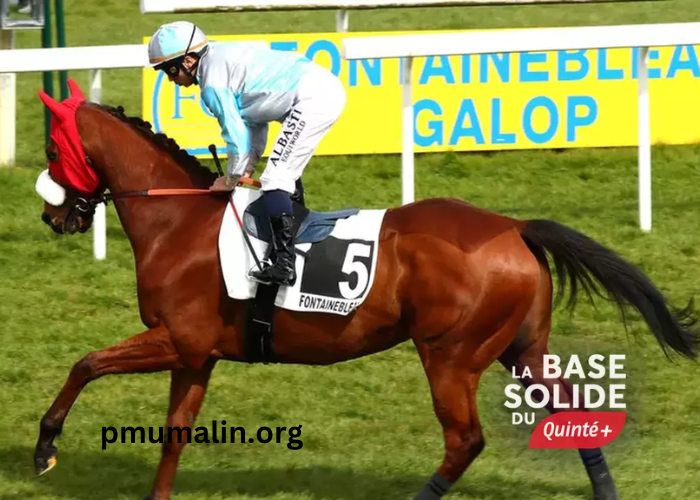
In the dynamic world of turf betting, where precision and strategy reign supreme, having a solid foundation is key to success. Among the many strategies and approaches employed by punters, the concept of a “Base Quinté Solide” stands out as a reliable framework for navigating the complexities of horse racing. Translating to “Solid Quinté Base,” this approach emphasizes the importance of identifying a strong foundation upon which to build winning bets. In this comprehensive guide, we delve into the essence of a “Base Quinté Solide,” dissecting its principles and exploring its application in turf betting.
Understanding the Concept of a “Base Quinté Solide”
At its core, a “Base Quinté Solide” represents a cornerstone strategy in turf betting, providing bettors with a reliable starting point for constructing winning bets. The term “Quinté” refers to a specific type of bet offered by the PMU (Pari Mutuel Urbain) in France, where bettors must select the first five finishers in a designated race in the correct order. By identifying a solid base of horses with a high probability of finishing in the top positions, punters can increase their chances of success and potentially unlock lucrative payouts.
Analyzing the Criteria for a Solid Quinté Base
The process of identifying a “Base Quinté Solide” involves a meticulous analysis of various factors, including form, class, track conditions, jockey performance, and race dynamics. Form analysis entails evaluating each horse’s recent performances and assessing its current condition and potential for success. Class refers to the level of competition that a horse has been competing against, with higher classes indicating stronger fields and greater challenges. Track conditions, such as surface type and weather, can also impact race outcomes, as can the strategic decisions made by jockeys during the race.
Assessing the Reliability and Consistency of Horses
Central to the concept of a “Base Quinté Solide” is the notion of reliability and consistency among selected horses. Punters seek to identify horses that have demonstrated a pattern of reliable performances and a consistent ability to finish in the top positions in competitive races. This may include horses with strong recent form, proven success at similar distances or track conditions, and consistent performances against quality competition. By focusing on horses with a track record of reliability, punters can reduce the inherent uncertainty of horse racing and increase their chances of success.
Utilizing Handicapping Techniques and Tools
Handicapping is a fundamental aspect of turf betting, and punters employ a variety of techniques and tools to assess the relative strengths and weaknesses of each horse in a race. This may include analyzing past performances, studying speed figures and pace data, evaluating trainer and jockey statistics, and assessing factors such as weight assignments and equipment changes. By combining these handicapping techniques with a discerning eye for value and opportunity, punters can identify horses that represent solid contenders for inclusion in a “Base Quinté Solide.”
Implementing a Structured Betting Strategy
Once a “Base Quinté Solide” has been identified, punters must then determine how to structure their bets to maximize their chances of success. This may involve using different combinations of selected horses in trifecta, exacta, or other exotic bet types, as well as incorporating backup options to provide additional coverage and mitigate risk. Punters may also consider factors such as bet size, bankroll management, and risk tolerance when crafting their betting strategy. By adopting a structured and disciplined approach to betting, punters can optimize their returns and minimize losses over the long term.
Evaluating the Performance and Adjusting Strategies
As with any betting strategy, the effectiveness of a “Base Quinté Solide” may vary depending on factors such as race conditions, field strength, and unforeseen developments during the race. Punters must therefore continually evaluate the performance of their selected horses and adjust their strategies accordingly. This may involve refining selection criteria, fine-tuning betting strategies, or incorporating new information and insights into future bets. By remaining adaptable and responsive to changing circumstances, punters can stay ahead of the curve and maintain a competitive edge in the challenging world of turf betting.
Conclusion
A “Base Quinté Solide” serves as a cornerstone strategy for punters seeking success in turf betting, providing a reliable foundation upon which to build winning bets. By identifying horses with a track record of reliability and consistency, employing effective handicapping techniques, and implementing a structured betting strategy, punters can increase their chances of success and potentially unlock lucrative payouts. Whether you’re a novice bettor or a seasoned punter, embracing the principles of a “Base Quinté Solide” can set you on the path to sustained success and profitability in the thrilling world of horse racing.